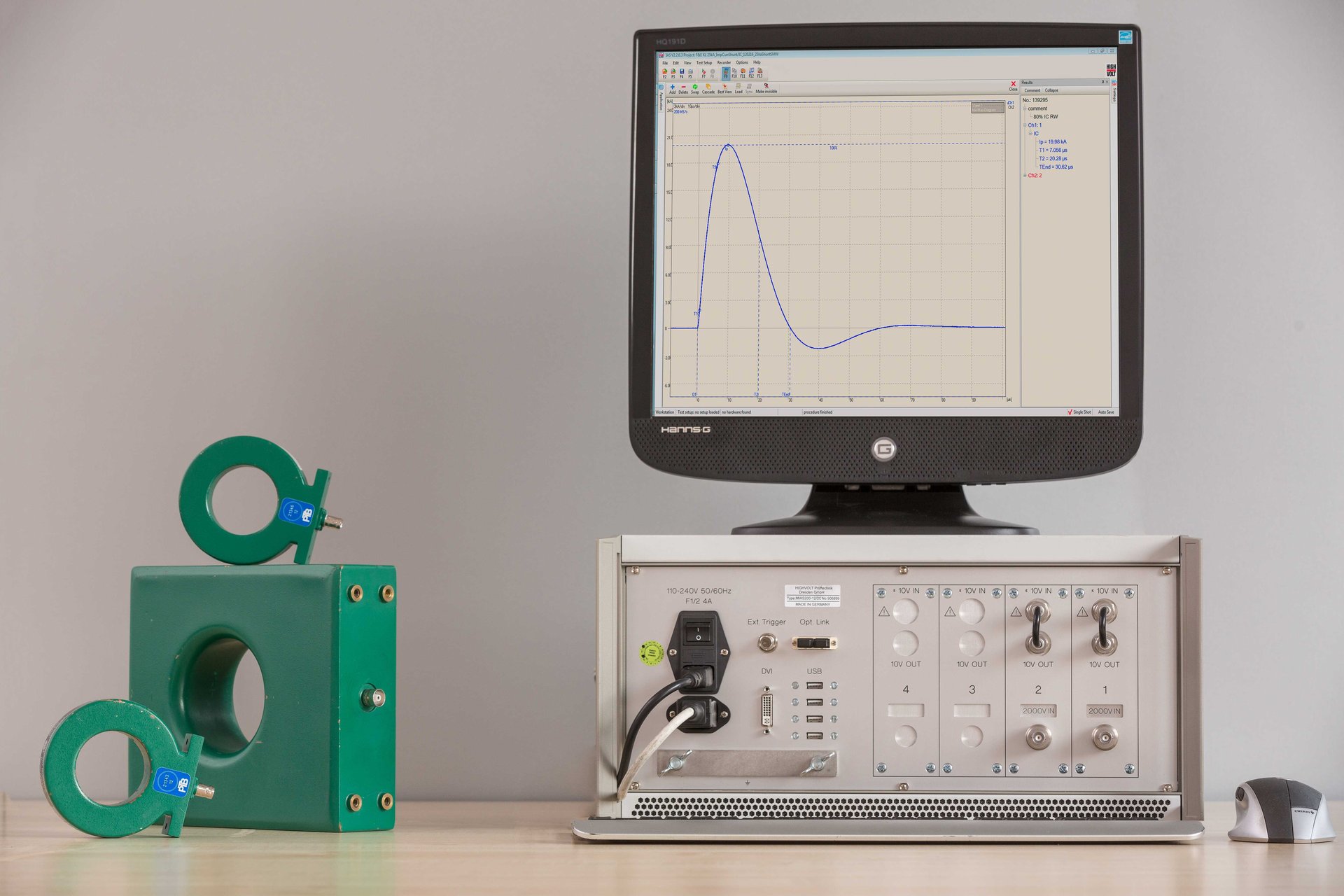Calibration methods
Our expertise is the key to getting calibration right.
Plenty of methods for reaching the goal
Successful calibration techniques needs to equally take into account the rules of metrology and the intended purpose of the object under calibration. The choice of calibration method and the calibration procedure must deliver the best results under the given conditions.
The method is not the goal
The method is not the goal
In many specialist fields the calibration methods and calibration procedures are strictly defined in the relevant standards. Nonetheless, it is important to consider which calibration methods and calibration procedures sufficiently meet the set requirements. The calibration method used can deviate from the standardised calibration method. It is much more important that the measurement results of a calibrated measuring system are traceable.
Only one method is the best one
The calibration methods and calibration procedures of an accredited calibration laboratory are tested in terms of accuracy as part of the accreditation process. They are based on the requirements of the relevant standards where applicable. If new principles are used then the calibration methods will need to be re-established on the basis of new rules. In all cases the calibration methods must have a testable and secure physical and/or mathematical basis.
The calibration procedures covered by accreditation generally deliver traceable results – regardless of whether or not they follow a standard.
Direct and indirect calibration method
A calibration can take advantage of a wide range of different principles. By measuring different properties of the object under calibration it is possible to perform a calibration. This can result in different calibration methods for the same measurand, often also on the same object under calibration. It is possible to perform direct or indirect calibrations depending on which property of the object under calibration is to be determined.
System calibration and component calibration as calibration methods
The measuring systems in high-voltage measuring technology are made up of multiple components. Some of these components can be calibrated autonomously. From calibrated measuring instruments it is then possible to create a calibrated measuring system. This measuring system is calibrated according to the component method. The resulting measurement uncertainties of the measuring system are determined by applying the so-called error propagation law. All components add their own measurement uncertainty contribution to the measurement uncertainty of the overall measuring system.
However, an assembled measuring system can also be calibrated as a unit. This method is referred to as system calibration. System calibration returns the measurement uncertainty of the measuring system directly and is certified in the calibration certificate.
Both calibration methods have advantages and disadvantages, and there can be justified reasons for using both calibration methods. Component calibration can be used for measuring systems for which there is no reference standard, but the flexibility associated with component calibration is offset by a penalty in terms of higher measurement uncertainty compared to system calibration.


